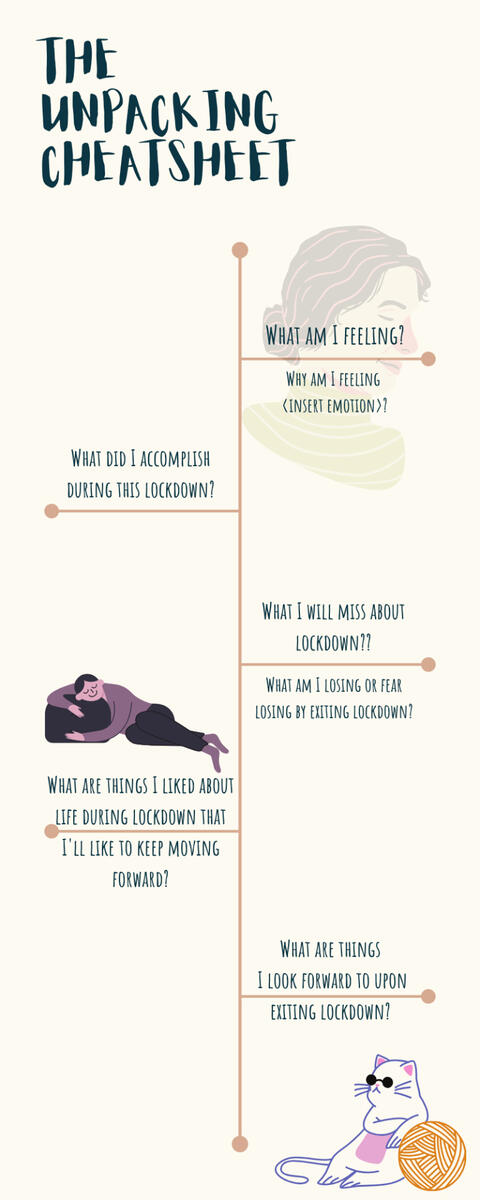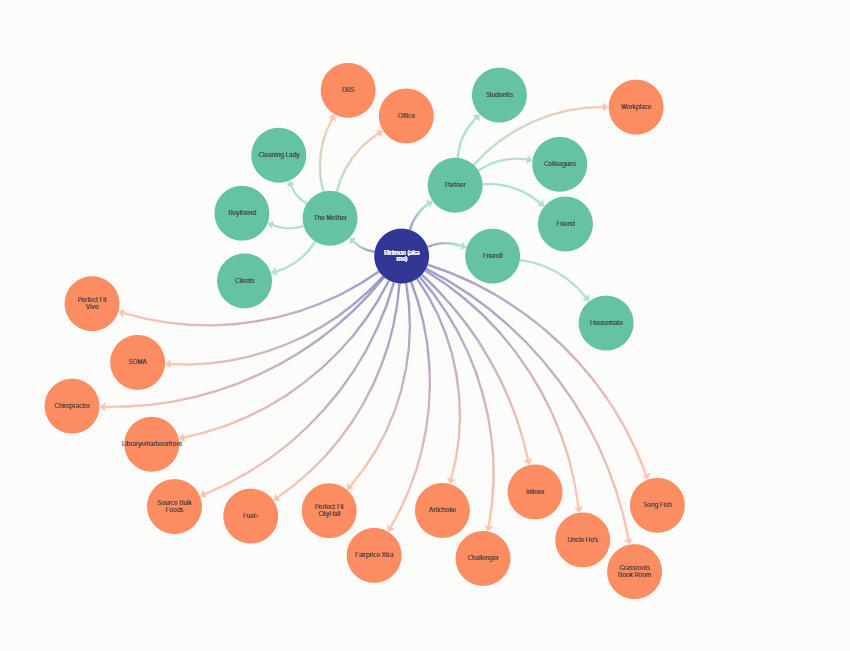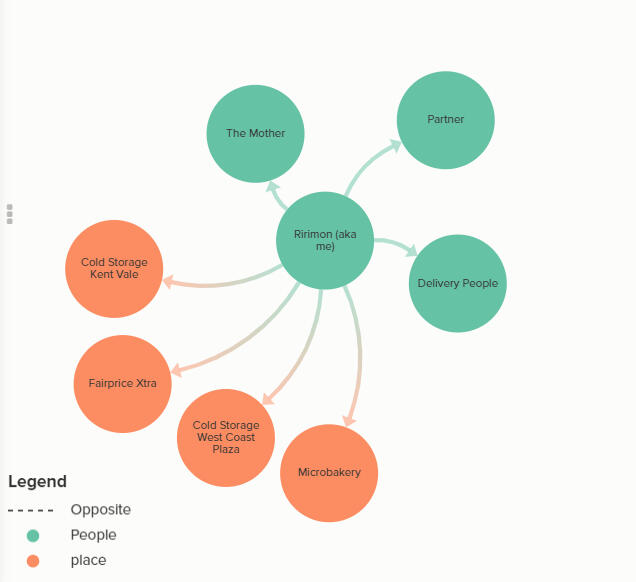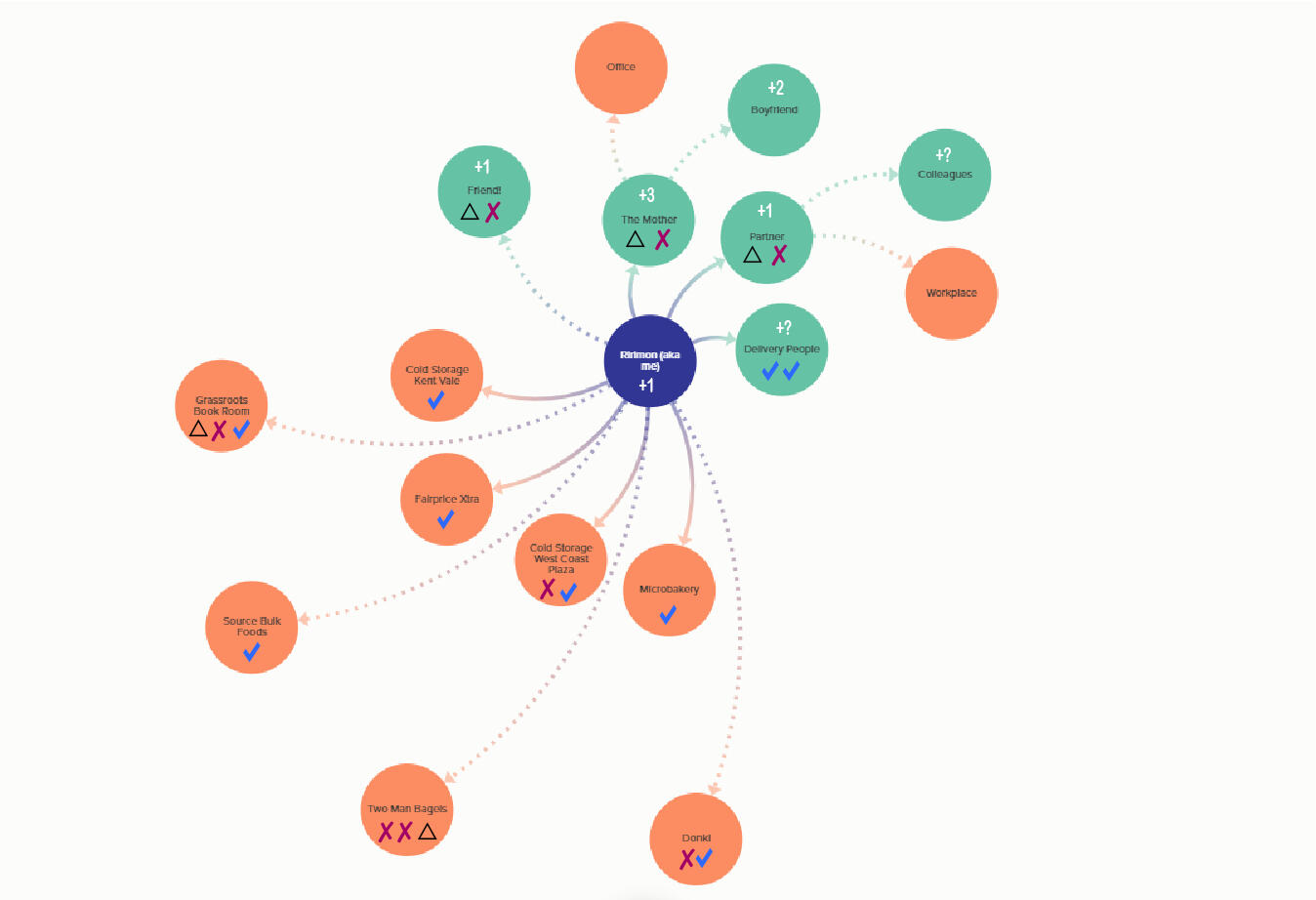Made by:
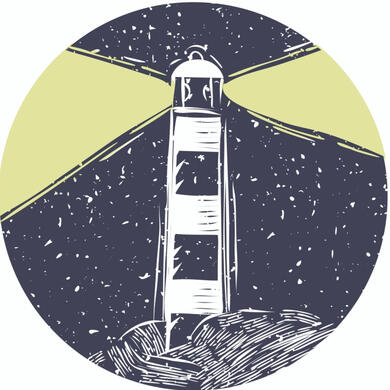
PYXIS zine-01
Unpacking Lockdown-Exit Anxiety
aka trying to justify feeling unexcited about reopening when everyone's counting down to phase 2
Foreword
When the date for Phase 2 was announced, the first thing I did was panic.
Okay, maybe 'panic' is a little strong.
But upon hearing the news, my immediate response was an elevation in heart-rate and sudden shortness of breath.
Which made me feel guilty amidst the outpouring of relieved and excited messages from my friends on telegram and Facebook.
Everyone's so excited about things opening back up. Everyone except for me.
What's wrong with me?
And that's where this edition of Pyxis began.
I realized that I have my reasons for not being excited about exiting what is essentially lock-down, and that judging myself was getting me nowhere.
So instead, I decided to be curious about my feelings and unpack them.
I've distilled my unpacking process into a little question sheet that you can use (if you so choose to) to guide your own unpacking. There's also a bonus risk mapping exercise thrown in here because, quantity.
If you're one of the rare few who feel the same way, I hope this zine helps you with your unpacking process. But even if you're not anxious, maybe these questions will help you find new insight about where you are in this pandemic.
Now, on with the journey!
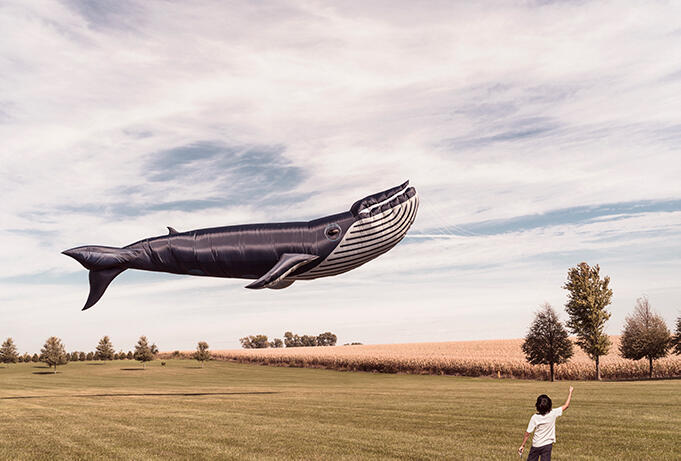
Exploring the anxiety:
My emotional journey
I decided that judging myself for not responding like everyone else wasn't getting me anywhere, so instead I decided to be curious about my re-opening anxiety.
Why was I so anxious? What am I worried about? What else am I feeling?
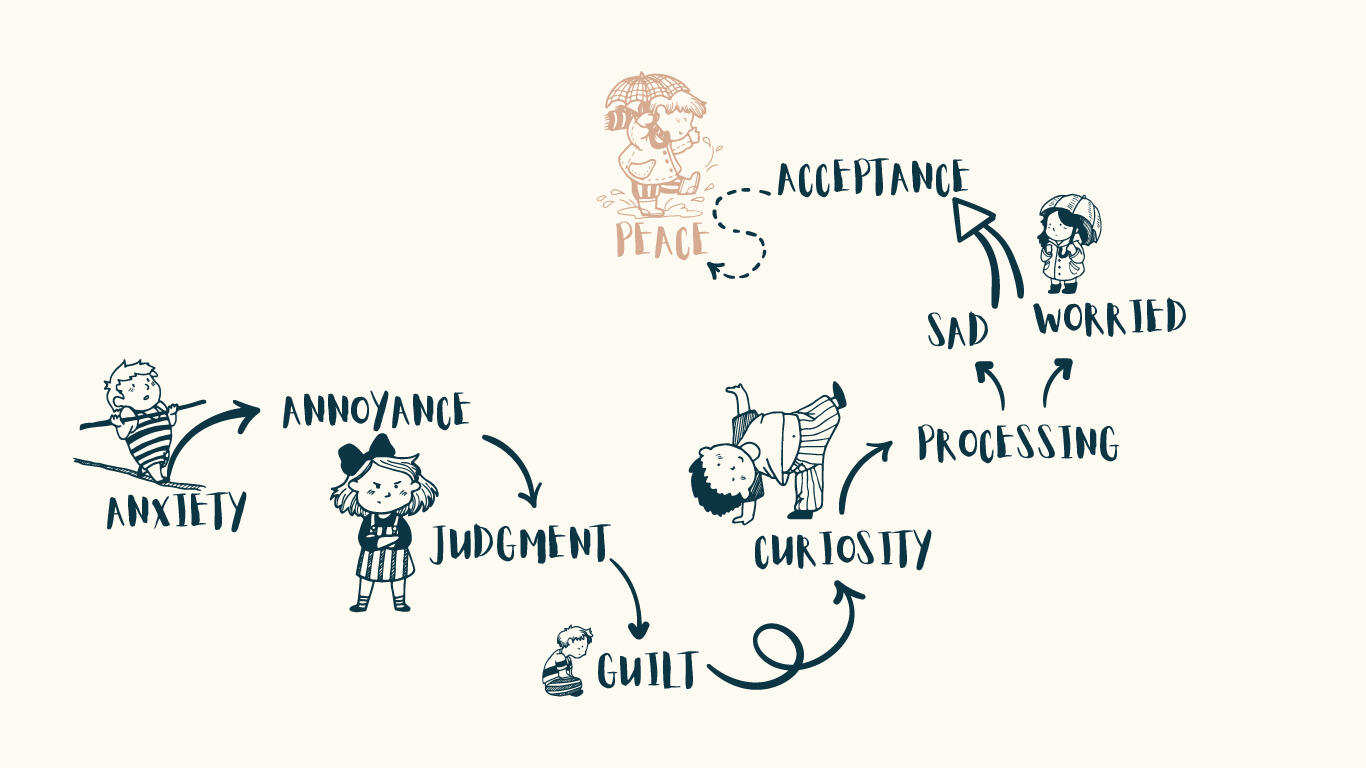
Why was I anxious?
Where I started was just asking myself, earnestly and with no judgement: Why am I anxious?
Turns out, I had some pretty fantastic reasons to be anxious.
1. I'm anxious about the risk management I have to take on once we enter Phase 2
During CB and Phase 1, there's little uncertainty.
There is a 'correct' answer and an almost perfect solution for keeping yourself and the people around you safe.
STAY.HOME.
If you stayed home, short of the very low risks from delivery packages (which is easily managed with a disinfection routine), you're almost guaranteed to not catch the virus.
In Phase 2 however, that certainty is removed.
We are not opening up because we have eradicated the virus. It's still out there. It's just we've decided that the rate of infection is at a steady and manageable enough rate. So the risk of opening up is now lower than the cost of staying locked down.
Which is not unreasonable. Life isn't without risks anyways.
But the stress comes from me now having OPTIONS.
I can CHOOSE to eat out, I can CHOOSE to meet friends.
But with power comes responsibility.
I am now also responsible for the choices I make.
To quote another movie, "just because you can doesn't mean you should."
I CAN eat out, but eating out is apparently one of the highest risk activities for contracting CV-19.
I CAN meet my friends, but what if I'm one of those asymptomatic carriers and I infect them and they end up infecting their grandparents or someone's baby?
I'm not sure I can bear that responsibility, nor do I want to.
And what if I bring the virus home because I wanted to get bagels? Or visit the bookshop?
Is a bagel or book really worth my mom's health and well-being?
My life just went from:
Stay home, stay safe.
to
AAH COMPLEX MORAL AND ETHICAL DECISION-MAKING ABOUT MY EVERY MOVEMENT AND ACTION
in one announcement.
So yea...I guess it's not that unreasonable for me to respond with anxiety after all.
2. I finally found what works for me. And now I have to change...AGAIN.
Mind you, I am one of those very privileged few whose life honestly haven't changed all that much because of the pandemic. I already worked from home, so it was more about me communicating boundaries and updating my routines to accommodate having more people at home.
I suppose you could say that reopening just means 'going back to normal' for me. But as you are probably sick of reading, there is no normal to go back to. We are all changed permanently by this lockdown experience. Habits have shifted. Jobs have changed. And most importantly, the outside world also isn't back to what it used to be.
So there is no 'normal' to go back to, this is just yet another change.
Which might be more annoying than the first round of change. Because the first time I shifted my lifestyle, I obviously took the opportunity to make it into something that is healthier closer to my ideal lifestyle than my previous way of living.
tldr; Ririmon lifestyle 2.0 WORKS and it works WELLL and now I've got do ANOTHER version update?
That's annoying.
(and yes, I am wholly aware of how privileged this sounds. But unpacking is about being honest and authentic, not casting judgement and being politically correct.)
okay...so?
So after untangling my anxiety and annoyance, there was still a big chunk of emotional turmoil left.
I realized that a big part of that tangled yarn ball of emotions was actually...sadness.
I was sad.
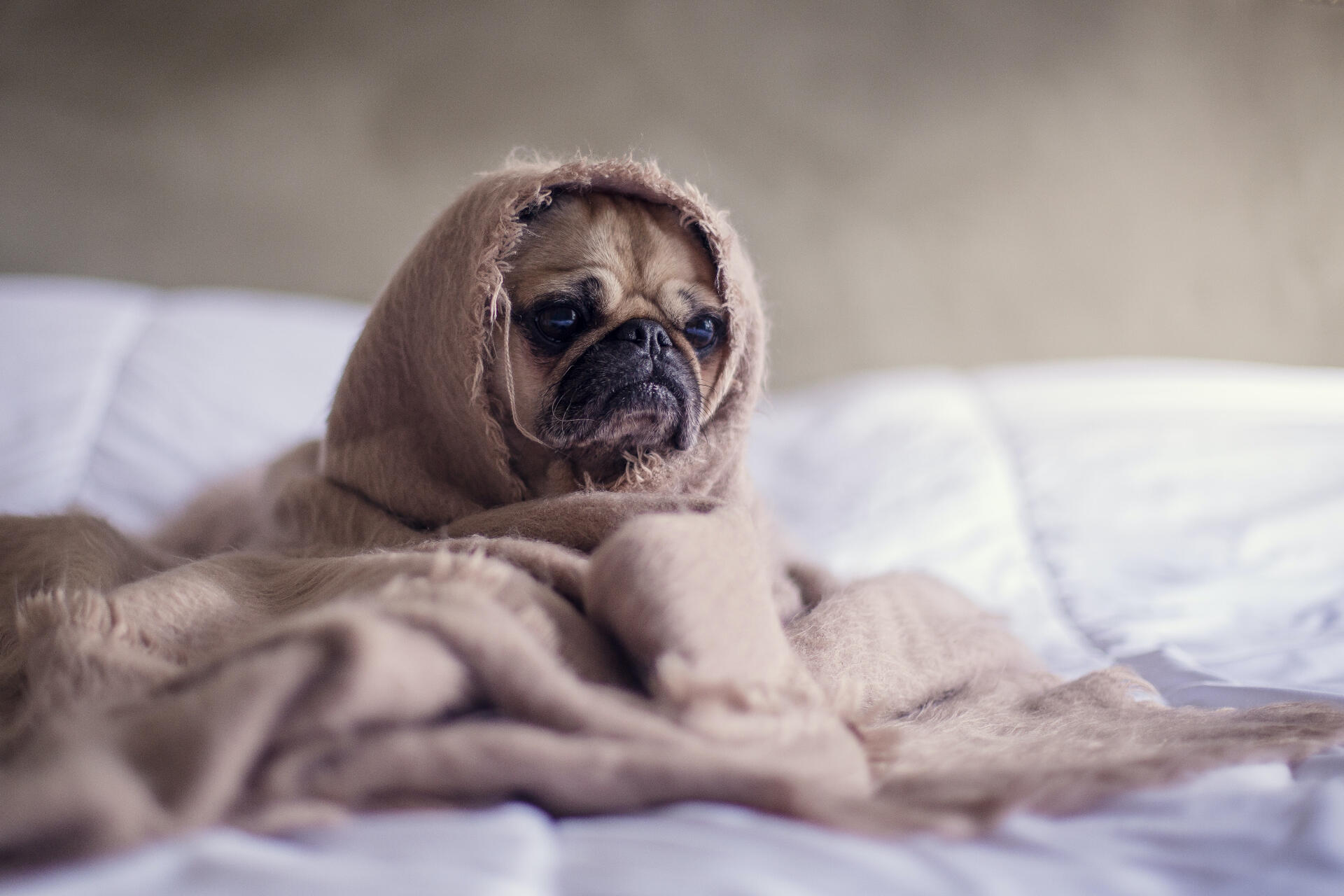
I was sad that we are exiting the 'great pause'.
I know that it's supposed to be a good thing. I know that how the situation came about isn't good, and I know many people are suffering because of this pause.
But... I'm sad.
The pause and pandemic merely surfaced problems that were well-hidden in our societies all along.
Now that I know what the problems are, I don't want the world to go back to the way it was.
I want the world to move FORWARDS, not back.
And reopening doesn't sound like we're doing that.
It sounds like allowing ourselves to stick our head in the sand known as 'distraction of everyday life'. Where normalcy is just a euphemism for ignoring all the problems we finally managed to surface.
It sounds like falling back to a toxic but familiar routine.
And that makes me sad.
So, now what?
It's time for you to go on a journey
And this is where the real unpacking happens.
This is also where I leave you to go on your own journey.
The answers I found from answering these questions gave me the direction and clarity I needed to navigate the re-opening and future ahead without burying my head back in the sand.
But they're my answers, not yours.
You'll have your own journey and your own answers, which would be infinitely more meaningful and valuable to you than reading about mine.
So I hope, if you've got nothing better to do, or even if you do, maybe go on this little inner journey.
Bonus: Risk-Mapping Exercise
Right, so. Unpacking those emotions didn't actually help me with my new decision-making problem called:
Should I go out?
Which also sounds like too much of a loaded question (at least for me) in and of itself.
So I changed the question to, what happens IF I go out?
There's no such thing as zero risk, but I can manage existing risks if I know what they are and what my risk tolerances are...better a devil you know than one you don't right?
And because my go-to solution for problem-solving is always mapping things out....this is what I ended up with:
A crude risk-cluster map.
(emphasis on crude, as in it's non-scientific and not reliable)
I actually did this exercise right before CB started.
I've digitized the map using kumu so you don't have to try and decipher my illegible handwriting.
The second image is my pre-CB map, which shows the people I was in contact within the last two weeks prior to CB.
The third image is the post-CB map.
I can tell you that being able to SEE how much I was reducing potential transmission risks to myself made me feel better about staying at home all the time.
Just drawing the bubbles also made me realize how much I moved around and had I been a carrier, how much I'd have spread the virus around. It was sobering to say the least.
So the theory here is, I can make a similar map for myself for Phase 2 based on my hypothetical interactions and movements once things have reopened and see if I'm comfortable with what my spread will look like.
How to make your own risk-cluster map
STEP 1: Make the Base Map:
Pick ONE color for the following: People, PlacesDraw a bubble for 'me'Draw bubbles for people you have direct contact with (e.g. people live with, colleagues)Optional: you can go one step further and draw the people they're connected toNow draw a bubble for every place you visit or plan to visit.
STEP 2: Assign 'At-Risk' Score for People:
Assign an 'at-risk' score for all the people in your map
[Ririmon's equally crude at-risk assessment]
Everyone starts from 0.
For every risk factor you have, +1. The final score is your total at-risk score.
Risk factors:
Can catch COVID-19Old ageUnderlying health problems
Feel free to come up with your own
STEP 3: Assign Risk-Safety Modifiers for llaces:
Put a tick next to the place if: you can wear a mask in those places/situations OR you can maintain social distance in those Put a cross next to it if : you can't/won't wear a mask in those places/situations OR you can't/won't maintain social distance in those places/situationsPut a triangle next to it if: you were an asymptomatic carrier and your interaction/actions at this place could cause a cluster
Congratulations, you now have a super crude visualizations of the risks you are putting yourself and others around you if you go out and the potential clusters you will form/inconveniences you'll cause people if you are a carrier.
If all went well, your map might look a little something like this:
So you'll be glad to know that I'm not stressing out about going anymore.
After much deliberation, based on my tolerance levels (not very high, because I'm neurotic and feel responsible for everyone I know), I've come up with some guidelines for myself that sits well with my conscience for the first two weeks of Phase 2:
Not eat out for now, but take-outs are okay nowOnly move about within a fixed area (fixed neighbourhood(s))Limit my shop/eatery visits to the same 3 places, once a week and under an hour for all.Keep my mask on at all times except at homeNot to meet friends who have vulnerable parents or vulnerable health (until I can be sure of my own status)Limit friends I see/visit to 2 people
It's super conservative, you're free to make fun of me.
But I hope this gave you some direction on figuring out a set of guidelines that works for you!
=)
My hopes for the future
We humbly recommend this both as a peaceful BGM and a way to end this experience
None of these exercises change the fact that I'm still sad.
And I'm not sure if I should stop being sad.
After all, this sadness is what will drive me to change things for the better, even if it's just for myself and the people close to me. I don't want to numb myself to it just because it'll feel more comfortable.
This discomfort of sadness is something I am willing, and maybe need to bear.
Which leads me to this: hope.
I haven't quite figured out what my hopes are yet. But my sadness and I want to send this thought into the world:
We hope the future is a better one.
The following links are reads that encapsulate some of the hopes I have for the future better than I ever can.
Curious things to click on
Thank you for reading!
We hope you enjoyed this little zine of ours and had an insightful personal journey.
If you enjoyed this, you may also enjoy our monthly newsletter: 'Why So Curious', where we send you monthly doses of curiosity.
Enjoy the rest of your time in the great world wide web!

